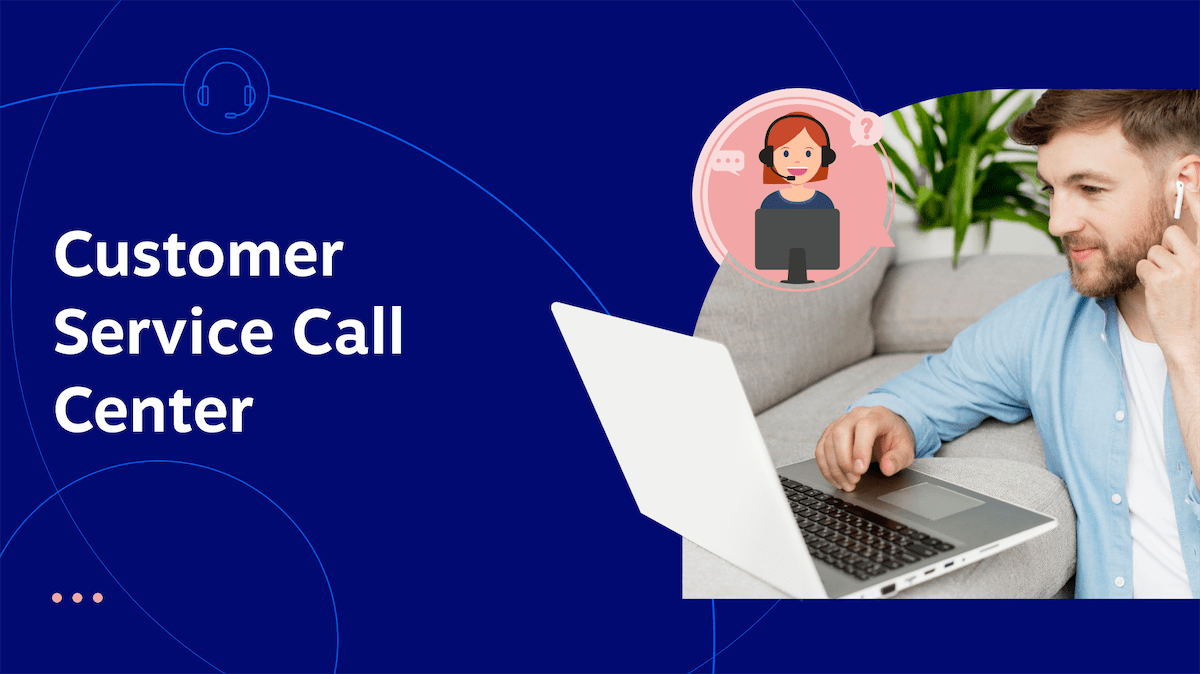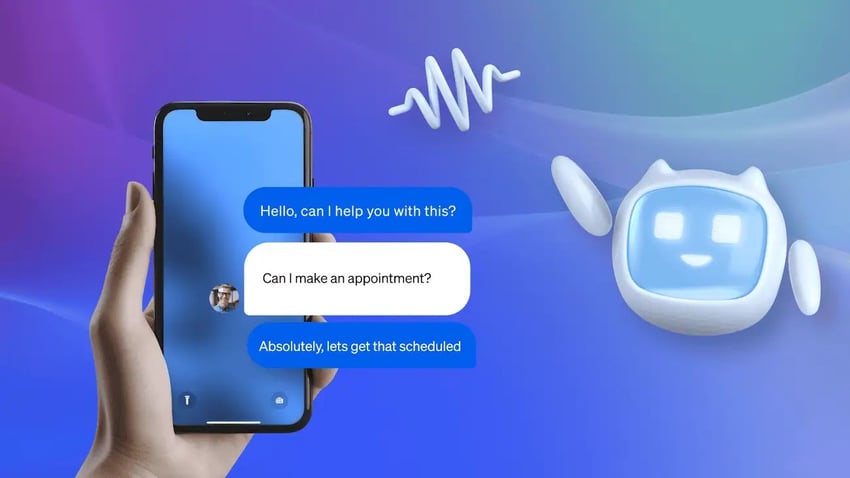Given that 73% of consumers cite a positive experience as critical to their brand loyalty, the quality of your customer service has become a crucial competitive advantage. A single negative interaction can drive a customer away, while a positive one can create a loyal brand advocate. For most companies, the customer service call center is at the heart of building that experience.
This guide provides a complete overview of a customer service call center. We’ll move from the basics to the specific roles, skills, practices, and metrics that separate a good support team from a high-performing one.
What Is a Customer Service Call Center?
A customer service call center is a centralized team dedicated to managing communications with customers. It’s the main point of contact for customer support, providing timely answers, effective troubleshooting, and professional assistance.
Over the past decade, the lines between traditional call centers and modern contact centers have blurred. While call centers have historically focused on the phone, contact centers integrate multiple channels —including email, live chat, SMS, and social media — into a unified platform. Understanding this evolution is critical for meeting customers on their preferred channels.
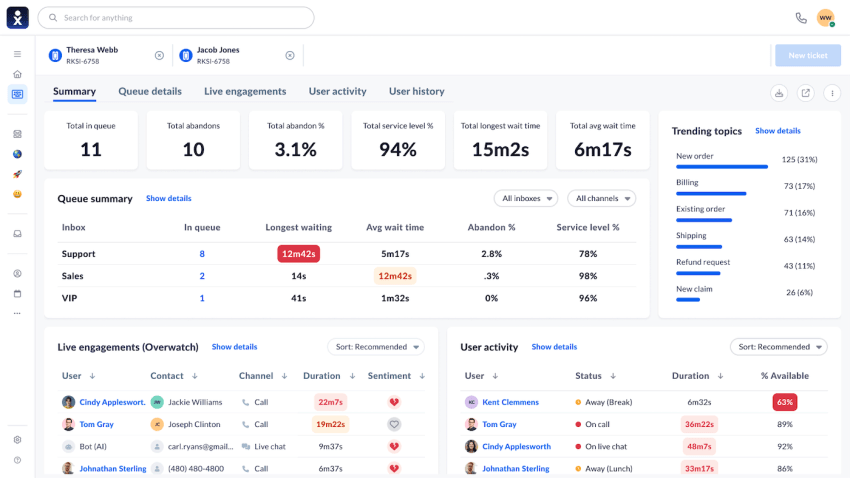
Types of Call Centers for Customer Service
Call centers can be categorized in several ways: by the direction of communication, physical location, or the channels they support. Here are the most common models.
Inbound call center
An inbound center is designed to receive incoming calls from customers. This is the most common model for day-to-day customer care, handling inquiries like technical support, billing questions, and order placements.
Outbound call center
An outbound center focuses on making outgoing calls to customers and prospects. This proactive approach is used for specific business goals like sales, telemarketing lead generation, upselling, follow-ups, market research, and appointment reminders.
Blended call center
A blended center combines both inbound and outbound functions. Call center agents can handle incoming calls during peak times and switch to outbound campaigns during lulls, maximizing productivity.
Virtual call center
A virtual call center operates without a central physical location. Agents work remotely, connected through cloud-based software. This model has become popular due to its benefits:
- Wider talent pool: Companies can hire the best call center agents regardless of geography.
- Lower overhead: It eliminates the costs associated with a physical office space.
- Increased flexibility: It offers greater scheduling flexibility for agents, improving work-life balance.
Omnichannel contact center
This omnichannel model is the most advanced evolution of the call center. It doesn’t just offer multiple communication channels (like voice, email, and chat); it smoothly integrates them. This means a customer can start a conversation on live chat, escalate it to a phone call, and the agent will have the full context and history of the interaction instantly, creating a unified, effortless customer experience.
In-house vs. outsourced call center
Beyond function, you have a crucial structural choice: building your own team or hiring a third party.
| In-house call center | Outsourced call center | |
| Pros | Full control over branding and quality, deeper product knowledge among agents, direct alignment with company culture. | Lower initial investment, access to specialized technology and expertise, easy scalability, reduced hiring burden. |
| Cons | High upfront costs (technology, facilities), significant management overhead, challenges with staffing and scaling. | Less direct control over agents, potential for brand disconnect, reliance on a third party for security and quality. |
Choosing between these call center types depends on your priorities. If maintaining tight control over brand voice and handling highly complex, proprietary products is your top concern, in-house may be the right choice. If speed to market, cost control, and the flexibility to scale rapidly are more important, outsourcing is the more strategic option.
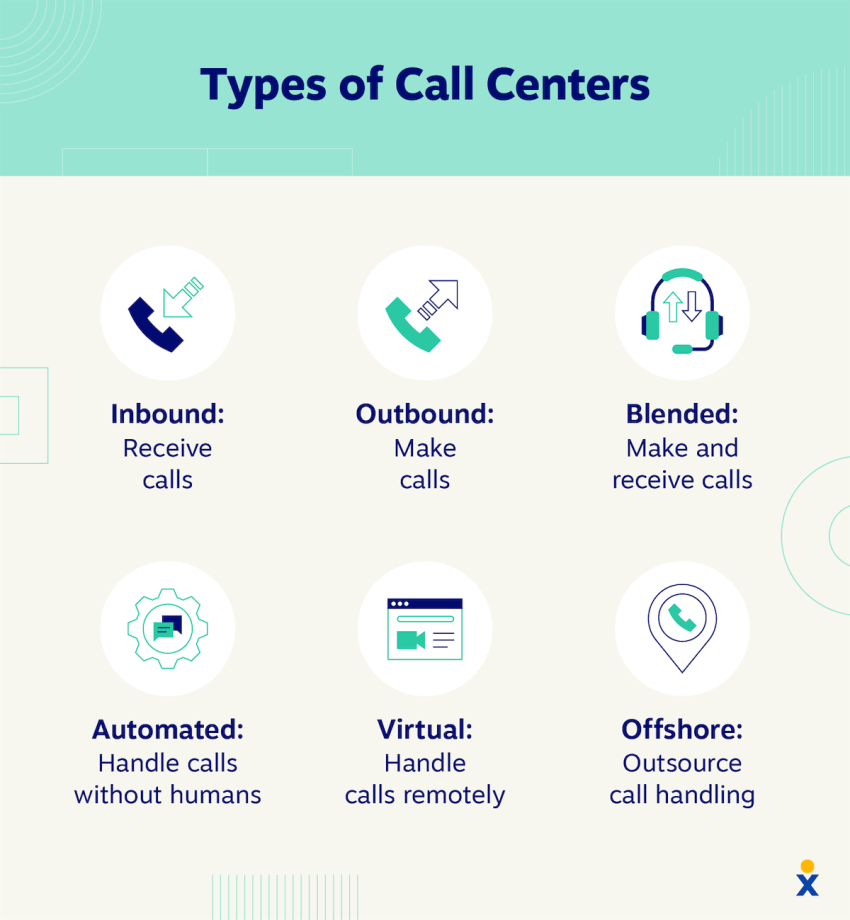
Benefits of Using a Call Center for Customer Service
A dedicated call center offers powerful advantages that directly impact your bottom line.
- Scalability: Staffing an internal team for fluctuating demand is a major challenge. Customer service call centers allow you to easily scale agent numbers up or down based on call volume, ensuring customer calls are always answered promptly without overstaffing during slow periods.
- Cost-effectiveness: Outsourcing, in particular, eliminates the need for large upfront investments in hardware and software. Many providers offer pay-as-you-go models, converting a large capital expense into a predictable operational expense and freeing up capital for other business initiatives.
- Flexibility: Cloud call center software enables remote work, allowing you to attract top talent regardless of location. Cloud-based solutions also make it easier to provide round-the-clock support with a combination of live agents and AI-powered tools, meeting customer expectations for 24/7 availability.
- Improved customer experience: Call centers create a unified experience by using skilled call center agents trained on your brand and policies. When AI automates routine tasks and agents focus on high-value interactions, customer loyalty, retention, and brand reputation naturally follow.
- Access to advanced technology and data: Top call centers, both in-house and outsourced, use sophisticated technology for analytics, reporting, and workforce management. Artificial intelligence (AI) can now provide valuable data on customer trends, agent performance, and product issues that might otherwise go unnoticed.
How To Set Up and Manage Your Call Center Customer Service
Successful call center operations require a structured plan covering setup, best practices, and performance measurement.
1. Define your goals and KPIs
Before anything else, determine what success looks like. Do you want to improve customer satisfaction, reduce response times, or increase efficiency? Establish the specific call center key performance indicators (KPIs) you will use to measure success, such as first call resolution (FCR) or customer satisfaction (CSAT).
2. Choose a provider or platform
This is your foundational step. When researching call center software, dig deep during demos and ask pointed questions:
- What does your onboarding process look like?
- What are your customer support tiers and response times?
- How do you ensure security and compliance (e.g., PCI, HIPAA for healthcare)?
- Can you provide case studies from businesses of our size and industry?

3. Design your call flow
Map the ideal path a customer takes. For example, a flow might look like:
- Greeting: Professional IVR greets the caller.
- Self-service: “To check your order status, press 1.” (Handled by automation).
- Routing: “For a new purchase, press 2. For help with an existing order, press 3.”
- Queueing: Call is placed in the correct queue (Sales or Support) and connected to the next available, qualified call center representative.
4. Develop a robust training program
Your call center agents are the voice of your brand. A structured training plan is non-negotiable. Consider a multi-week program:
- Week 1: Company culture, brand voice, soft skills (empathy, active listening), and an introduction to systems.
- Week 2: Deep dive into product knowledge and troubleshooting common issues.
- Week 3: Live call shadowing with senior agents, followed by supervised calls with real-time feedback.
5. Integrate your CRM
By connecting your CRM (customer relationship management) software, agents gain instant access to a caller’s data and interaction history. This enables personalized and efficient support from the moment the call is answered and eliminates the frustrating experience of having customers repeat themselves.
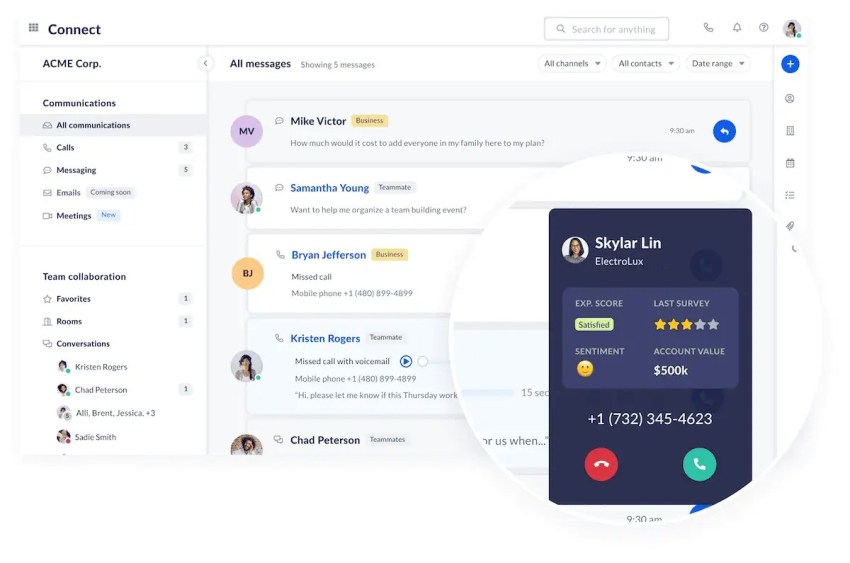
Top 8 Roles and Responsibilities in a Call Center
A customer service call center requires specialized roles working in concert to deliver exceptional customer service. The following key roles form a call center team:
1. Customer Service Agents
Customer service representatives or call center agents are the primary point of contact for resolving issues and ensuring a positive customer experience.
Key responsibilities:
- Handling inbound customer calls, emails, and chat requests to diagnose and resolve issues.
- Documenting all customer interactions and transactions accurately in the CRM system.
- Escalating complex or sensitive issues to the appropriate supervisor or specialist.
- Maintaining up-to-date knowledge of products, services, and company policies.
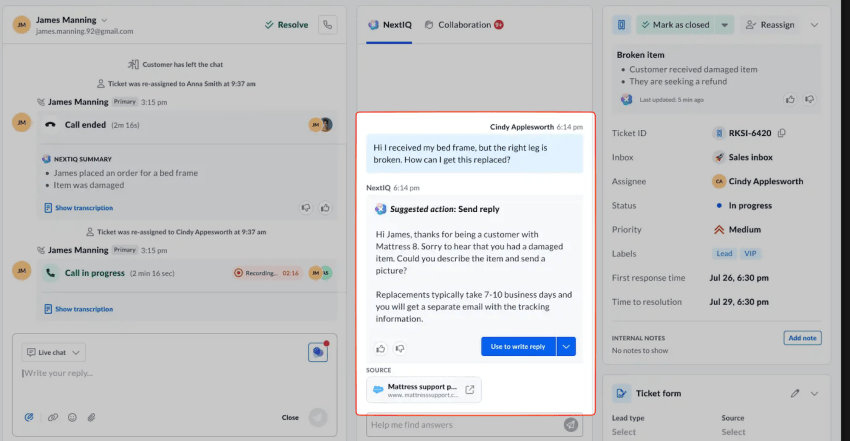
2. Supervisors
Supervisors oversee daily operations and manage agent performance, serving as the link between frontline agents and management.
Key responsibilities:
- Monitoring agent performance through live call monitoring and quality assurance reviews.
- Providing regular one-on-one coaching and feedback to support agent development.
- Handling escalated customer complaints and approving sensitive resolutions.
- Managing daily staffing levels and team schedules to meet service level goals.
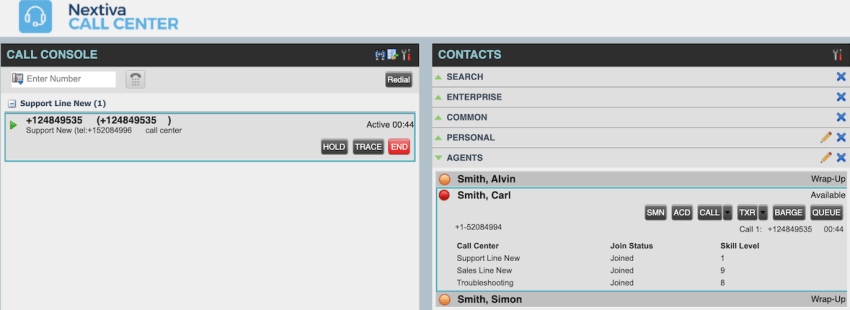
3. Call Center Managers
Call center managers are responsible for the strategic direction and operational excellence of the entire center.
Key responsibilities:
- Developing and implementing operational strategies to achieve key business objectives.
- Managing departmental budgets, including personnel, technology, and facility costs.
- Analyzing call center KPIs to identify performance trends and opportunities for improvement.
- Ensuring the call center complies with all relevant industry regulations and legal requirements.
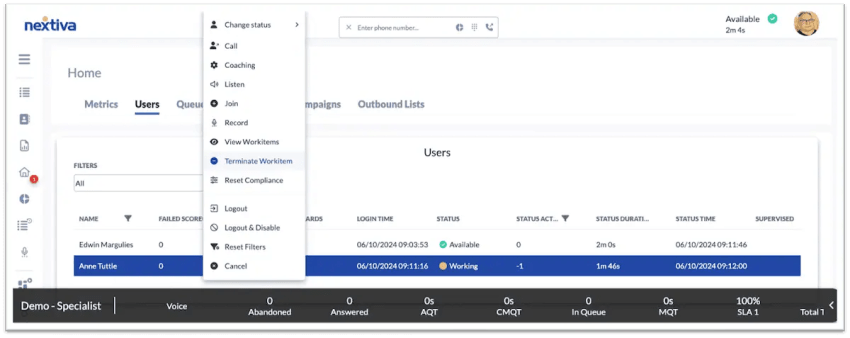
4. Quality Assurance Specialists
QA specialists ensure consistent service standards by evaluating agent performance and identifying opportunities for improvement.
Key responsibilities:
- Reviewing recorded calls and other interactions against a standardized evaluation scorecard.
- Identifying widespread performance gaps and trends to inform training needs.
- Collaborating with supervisors to create targeted performance improvement plans.
- Tracking quality metrics over time and providing feedback to management.

5. Trainers
Trainers develop agent skills and ensure consistent service delivery through comprehensive training programs.
Key responsibilities:
- Designing and delivering onboarding programs for new hires.
- Creating and updating training materials, including manuals, guides, and modules.
- Conducting ongoing training for new products, policies, and skill development.
- Evaluating the effectiveness of training programs through performance analysis.
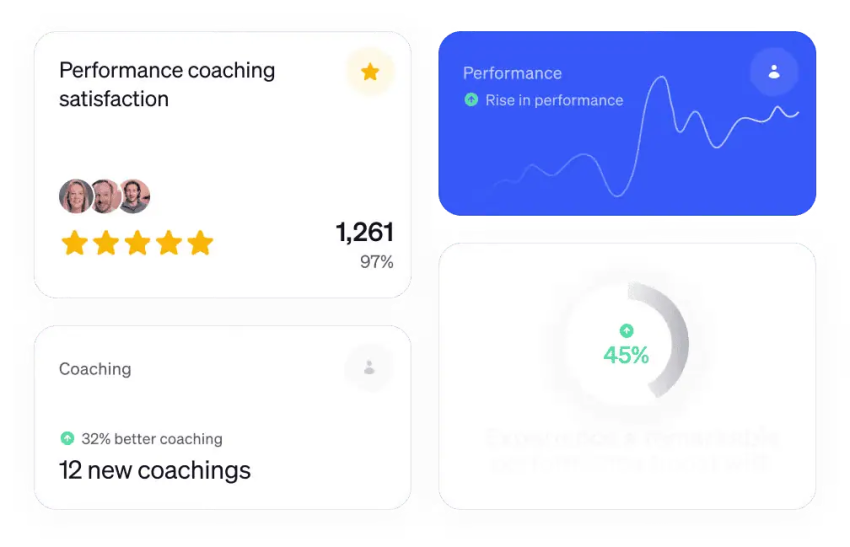
6. Team Leaders
Team leaders provide real-time, day-to-day operational support for a specific group of call center representatives.
Key responsibilities:
- Providing immediate “floor support” and guidance to agents during challenging calls.
- Handling immediate customer escalations before they reach a supervisor.
- Monitoring team performance metrics and communicating daily priorities.
- Fostering team morale and recognizing outstanding agent performance.
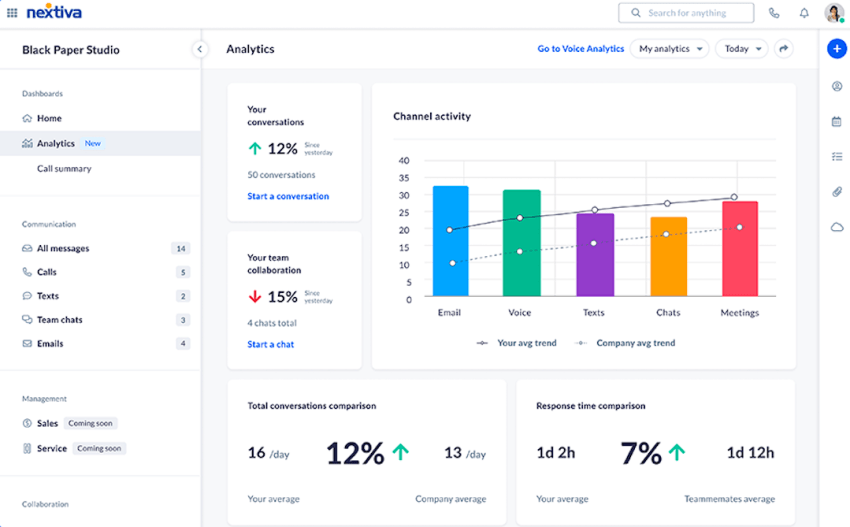
7. Workforce Management (WFM) Analysts
WFM analysts optimize staffing efficiency by forecasting demand and creating schedules to balance service levels and costs.
Key responsibilities:
- Forecasting call volume based on historical data and business trends.
- Creating and managing optimal agent schedules to meet customer needs.
- Monitoring agent adherence to schedules in real-time and making adjustments as needed.
- Preparing capacity planning reports to guide hiring and budget decisions.

8. Technical Support Specialists
Technical support specialists manage the call center’s technology infrastructure, ensuring all systems run smoothly.
Key responsibilities:
- Maintaining and troubleshooting telephone systems, computers, and call center software.
- Resolving agent-facing technical issues that impact productivity.
- Installing, configuring, and updating equipment and software.
- Monitoring system performance to proactively identify and resolve potential issues.
Best Practices for Improving Your Customer Service Contact Center
Adopting these best practices will ensure consistent quality, improve performance, and increase customer satisfaction:
- Standardize workflows but empower agents: Create guided workflows to ensure consistency, but train agents to be flexible. Empower them to deviate from the script when necessary to provide a more natural, human solution.
- Invest in training and development: Go beyond onboarding. Regular training on de-escalation techniques, new products, and advanced communication skills supports agent growth and prepares them for complex challenges.
- Create a positive team culture: Agent burnout is a major risk. Combat it by building a supportive culture with clear career paths, recognition programs for top performers, and regular feedback that focuses on growth, not just criticism.
- Adopt intelligent automation: Use chatbots and AI to handle simple, repetitive customer inquiries like “Where is my order?” or password resets. This frees up your human agents to focus their skills on complex, high-empathy issues where they create the most value.
- Implement a robust QA and coaching loop: Don’t just score calls; use the insights. QA findings should feed directly into regular, one-on-one coaching sessions where supervisors can help agents refine their skills in a constructive environment.
How To Measure Call Center Performance (Key Customer Service Metrics)

Tracking the right KPIs is essential. While industry benchmarks vary, here’s what to look for.
- First call resolution (FCR): The percentage of issues resolved during the initial contact. High FCR directly correlates with customer satisfaction and reduced costs.
- Customer satisfaction (CSAT): Tracks immediate feedback through post-interaction surveys. A common method is asking customers to rate their satisfaction on a 1-5 scale, where scores of 4 and 5 are considered “satisfied.”
- Net promoter score (NPS): Evaluates long-term customer loyalty by measuring their willingness to recommend your company. This gives a broader view of brand health.
- Average handle time (AHT): The total duration of a customer interaction. The goal is not always the lowest AHT, but the optimal AHT that leads to a successful resolution.
- Service level: The percentage of calls answered within a set timeframe. The “80/20 rule” (answering 80% of calls within 20 seconds) is a common industry benchmark.
- Call abandonment rate: The percentage of callers who hang up before reaching an agent. A high rate (typically over 5-8%) often indicates staffing issues or inefficient call routing.
Call Center Technology You Need for Customer Service
Choosing the right call center technology improves the customer service experience. Here are several features to look for in a call center phone system.
1. Automatic call distributor
An automatic call distributor (ACD) uses intelligent routing to connect incoming calls with the most qualified available agents. ACDs reduce wait times through skills-based routing, priority queuing for VIP customers, and real-time load balancing across agents.
2. IVR
Interactive voice response (IVR) systems provide automated self-service options for common inquiries while routing complex customer issues to live agents. Advanced IVR systems feature customizable menus, database integration for personalized experiences, and speech recognition for intuitive customer interactions.
3. Call recording and monitoring
Call recording captures customers’ interactions for quality assurance, training, and compliance. Call recording software includes automatic voice and screen recording, real-time supervisor monitoring, secure storage with search capabilities, and compliance features for regulatory requirements.
4. Real-time analytics and reporting
Call analytics platforms provide instant visibility into call center performance through live dashboards and robust reporting. Features include real-time metrics display, historical trend analysis, speech analytics, agent performance tracking, and predictive analytics for forecasting.
5. Omnichannel communication platform
Omnichannel platforms enable seamless customer service across voice, email, chat, social media, and SMS. They provide unified agent desktops, consistent customer context across channels, and smooth conversation handoffs between touchpoints.
6. Customer relationship management (CRM) integration
CRM integration gives agents complete customer context, including purchase history and past interactions. Key features include automatic screen pop-ups with customer data, real-time synchronization, click-to-dial functionality, and integrated case management.
7. Knowledge management system (KMS)
Knowledge management systems give agents instant access to product information, troubleshooting guides, and company policies. These platforms feature searchable databases, real-time content updates, agent collaboration tools, and contextual information delivery.
8. Workforce management software
Workforce management tools optimize staffing through accurate forecasting, efficient scheduling, and real-time monitoring. WFM systems include advanced forecasting algorithms, automated schedule generation, adherence monitoring, and leave management capabilities.
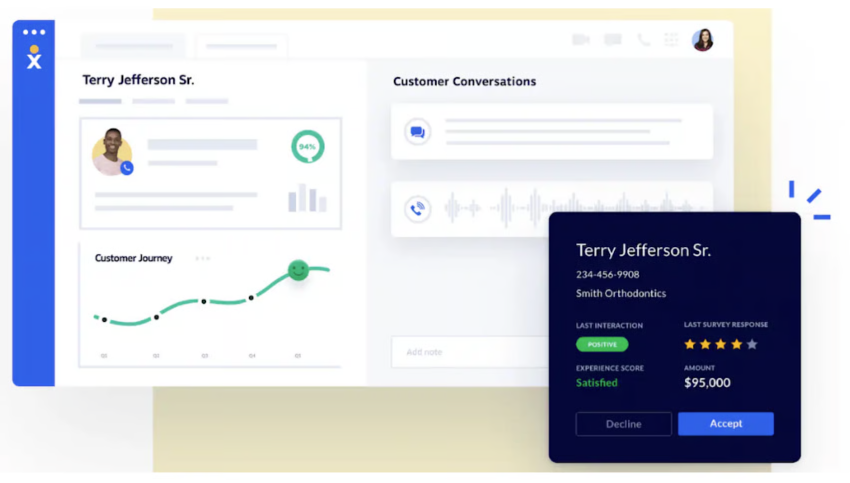
Where does your CX strategy stand with AI?
Take the AI Maturity assessment to get personalized recommendations on how to enhance your CX.
Bringing It All Together With Nextiva
Building a high-performing customer service center requires a synthesis of well-trained people, efficient processes, and powerful technology. Your success depends on how these three elements work together. A great call center team with poor technology will struggle, and the best technology can’t fix a broken process.
Nextiva provides the technology platform to unite them. Instead of juggling disparate systems, we offer a single, intuitive solution to empower your team and delight your customers. Our platform helps you execute best practices with tools for call monitoring and robust analytics to track every KPI. We empower your agents with a unified dashboard that provides the customer context they need to solve problems effectively, all while delivering a reliable experience with 99.999% uptime.
For teams ready to move beyond voice, Nextiva’s omnichannel contact center solution allows you to manage every customer interaction, from SMS to video, within one powerful platform.
Your complete call center solution.
See why top brands use Nextiva to handle calls at scale. Easy to use. Fast setup.

















 Customer Experience
Customer Experience 

